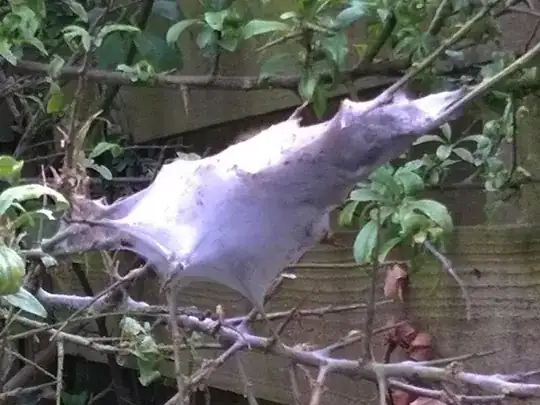Last summer, the leaves of the chestnut tree in our back yard have, quite early on in the warm season, developed these stains on them:


All of the tree's leaves dried out and fell long before autumn (around late June). I understand this might have been caused by a Horse Chestnut Leaf Miner infection, which seem very common in Europe in later years, and against which apparently no cure currently exists, once appeared.
Assuming this parasite is in fact what's causing the leaves' degradation in this case, then I am wondering how likely it is that the same parasite will infect the same tree next spring as well, or whether this just happens randomly and cannot be prevented. If it can be prevented, what substance can use?